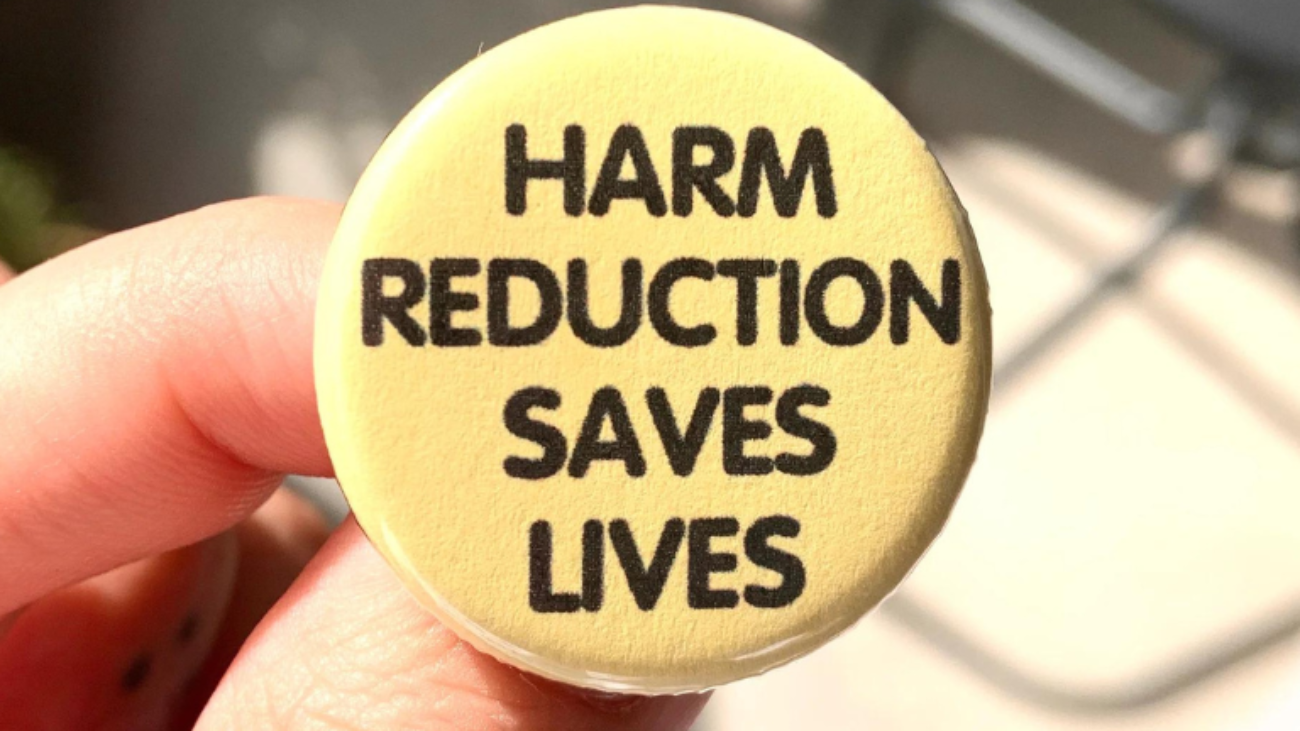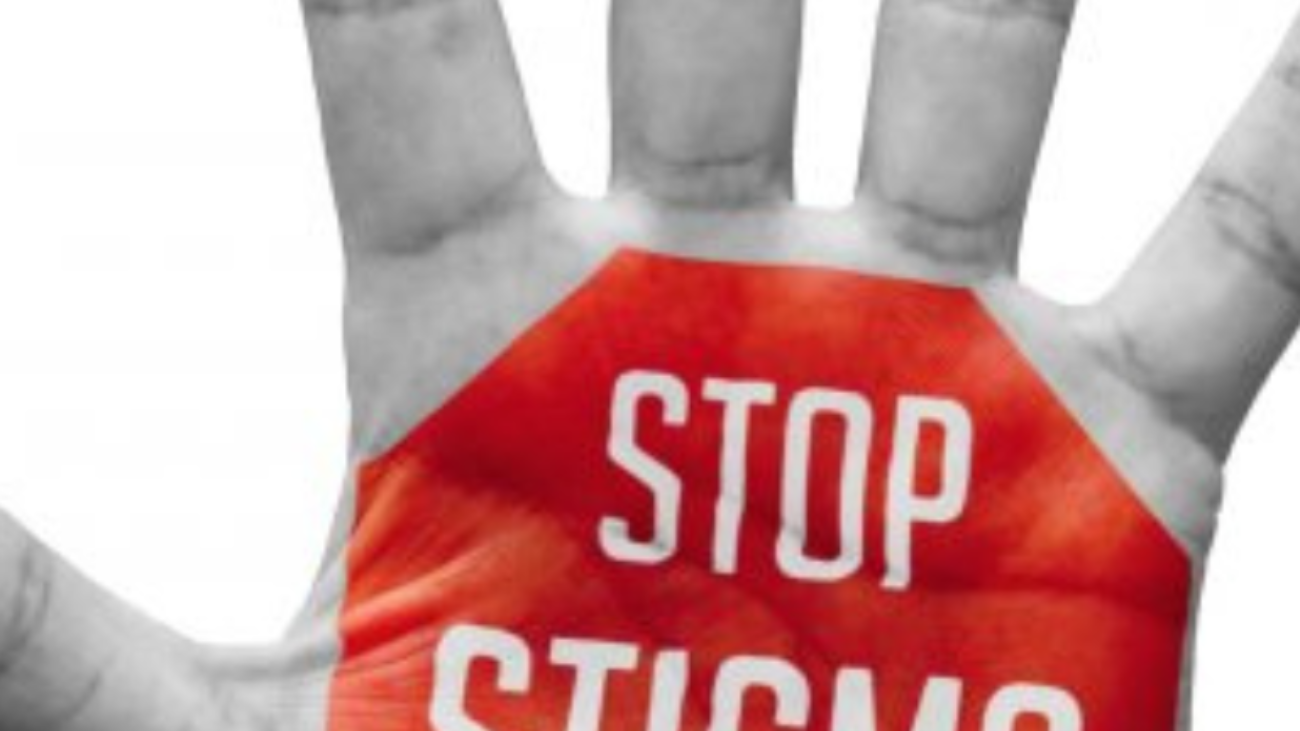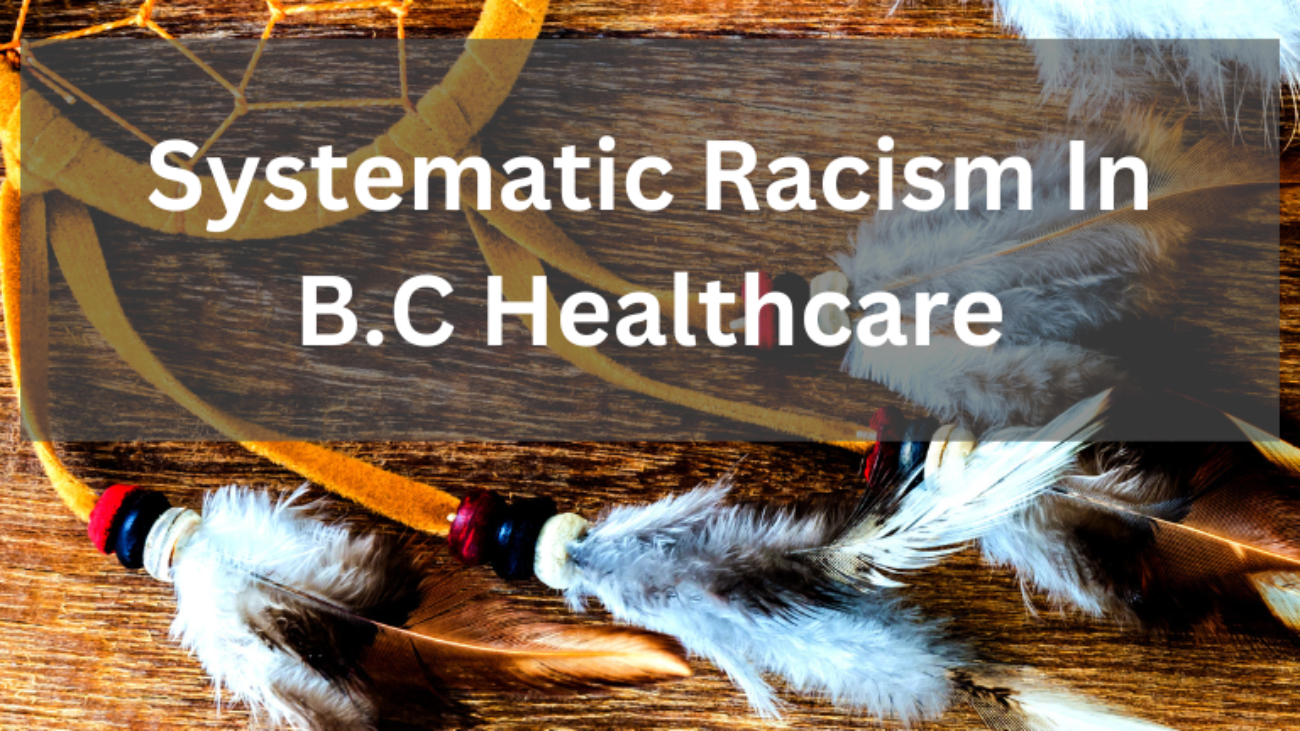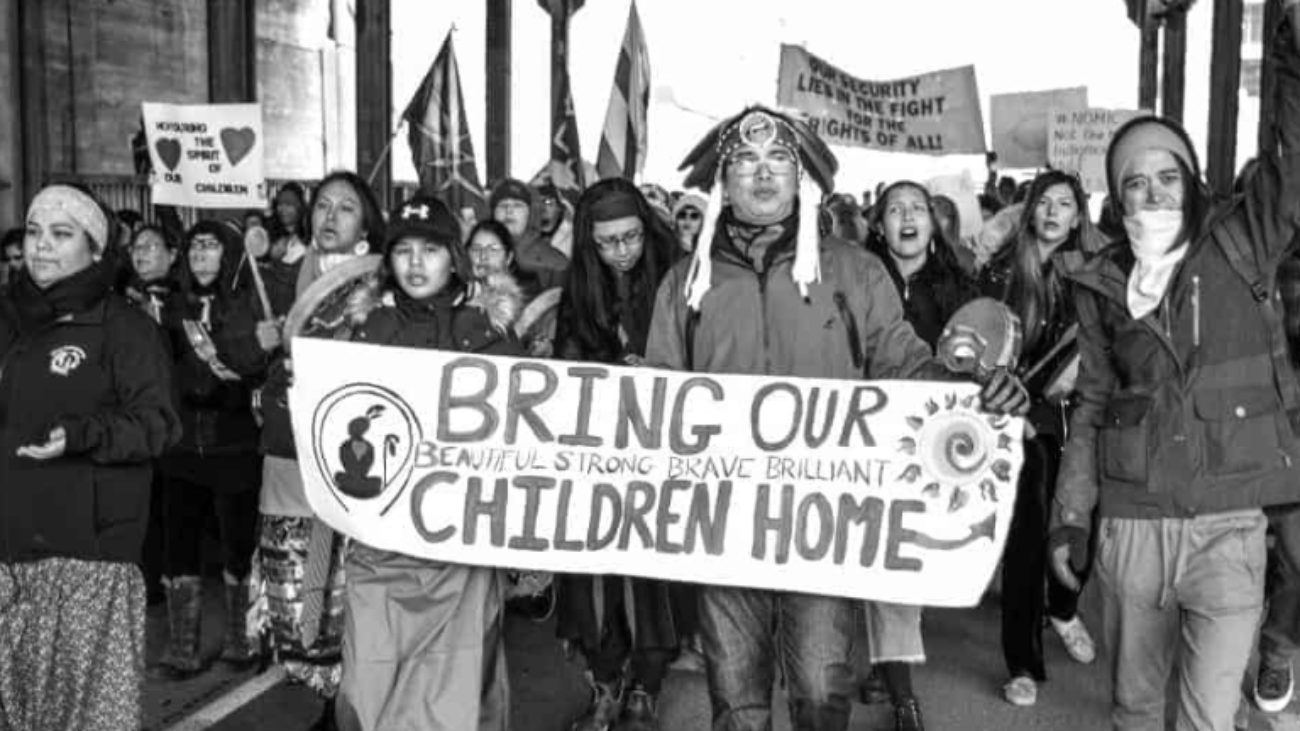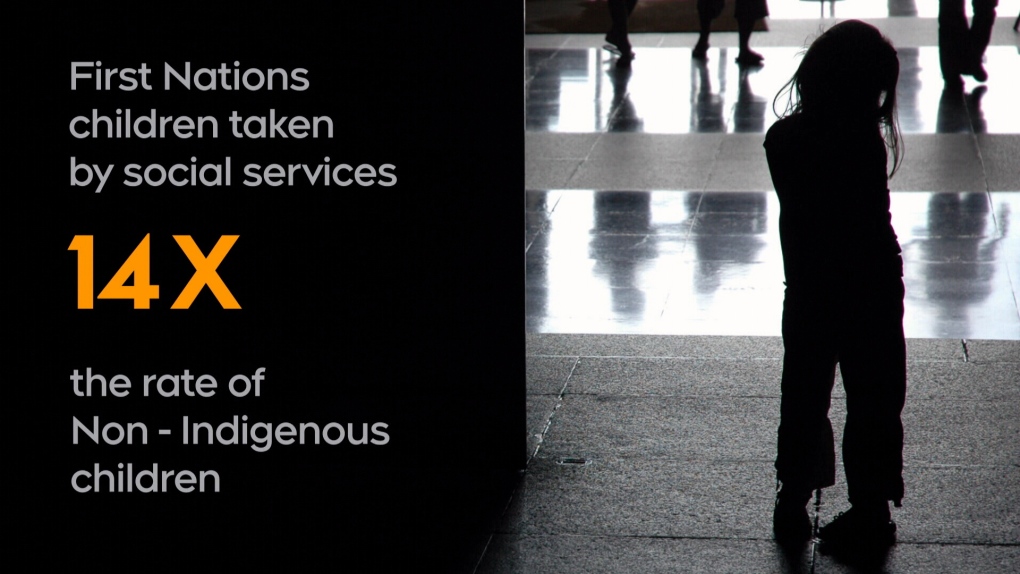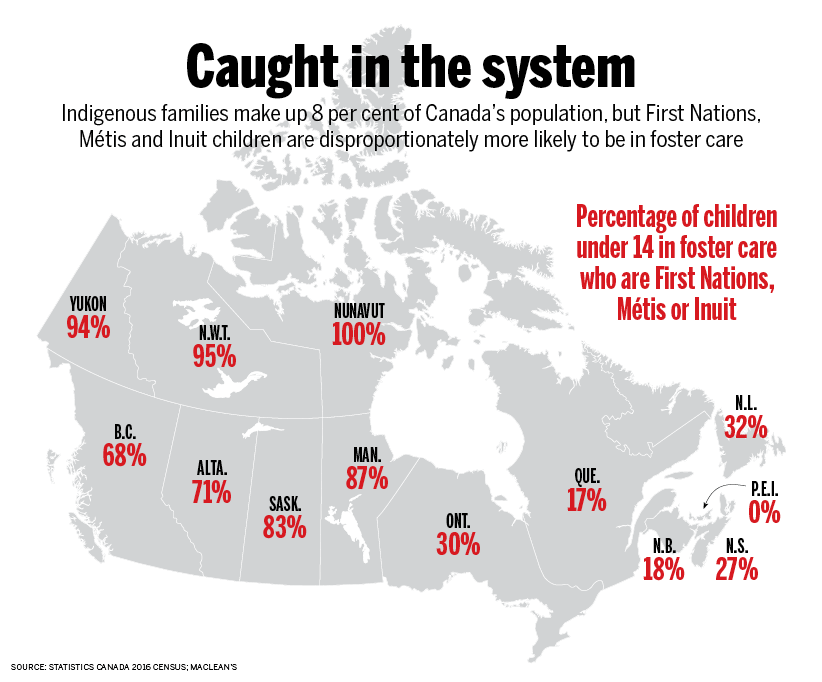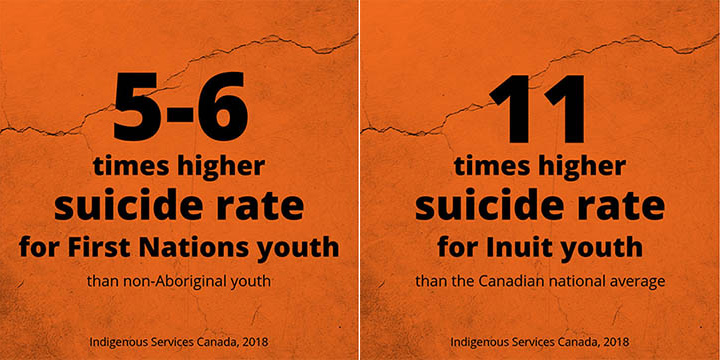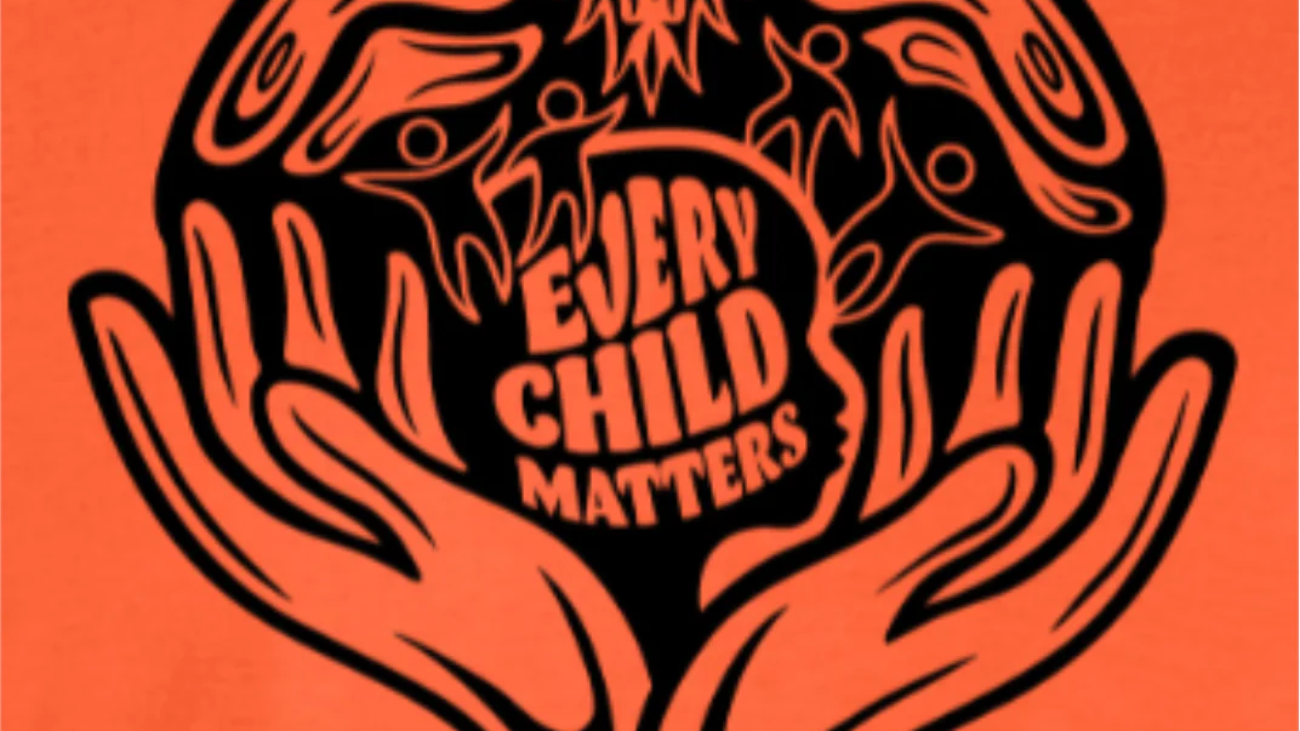Every year, on March 31st, the world comes together to celebrate International Day of Transgender Visibility. This day serves as a powerful reminder of the resilience, strength, and beauty of transgender and gender-nonconforming individuals worldwide. It is a day to honor their experiences, raise awareness about the challenges they face, and advocate for a more inclusive and equitable society.
The significance of this day cannot be overstated. For too long, transgender individuals have been marginalized, discriminated against, and subjected to violence and prejudice simply for being who they are. International Day of Transgender Visibility provides an opportunity to amplify their voices, affirm their identities, and stand in solidarity with the transgender community.
One of the central goals of this day is to increase visibility and representation for transgender individuals. Visibility matters because it challenges stereotypes, breaks down barriers, and fosters understanding and acceptance. By sharing their stories, experiences, and achievements, transgender individuals help to humanize their identities and create a more inclusive world for everyone.
However, visibility alone is not enough. International Day of Transgender Visibility also serves as a call to action to address the systemic discrimination and inequalities that transgender people continue to face. From access to healthcare and employment to legal recognition and protection from violence, there are still significant challenges that must be overcome to ensure full equality and justice for transgender individuals.
As allies and advocates, it is our responsibility to listen to the needs and concerns of the transgender community, amplify their voices, and work together to create a more inclusive society. This means advocating for policies that protect transgender rights, challenging discrimination and prejudice wherever we encounter it, and actively supporting transgender-led initiatives and organizations.
On this International Day of Transgender Visibility, let us celebrate the diversity and resilience of the transgender community. Let us commit ourselves to the ongoing work of creating a world where every individual can live authentically, free from discrimination and fear. Together, we can build a future where transgender individuals are celebrated, valued, and empowered to thrive.
Happy International Day of Transgender Visibility!




